Suspension travel: Understanding fork length and how it affects your mountain bike
Forks come in varying lengths of suspension travel and stanchion sizes, this is what they mean for your riding
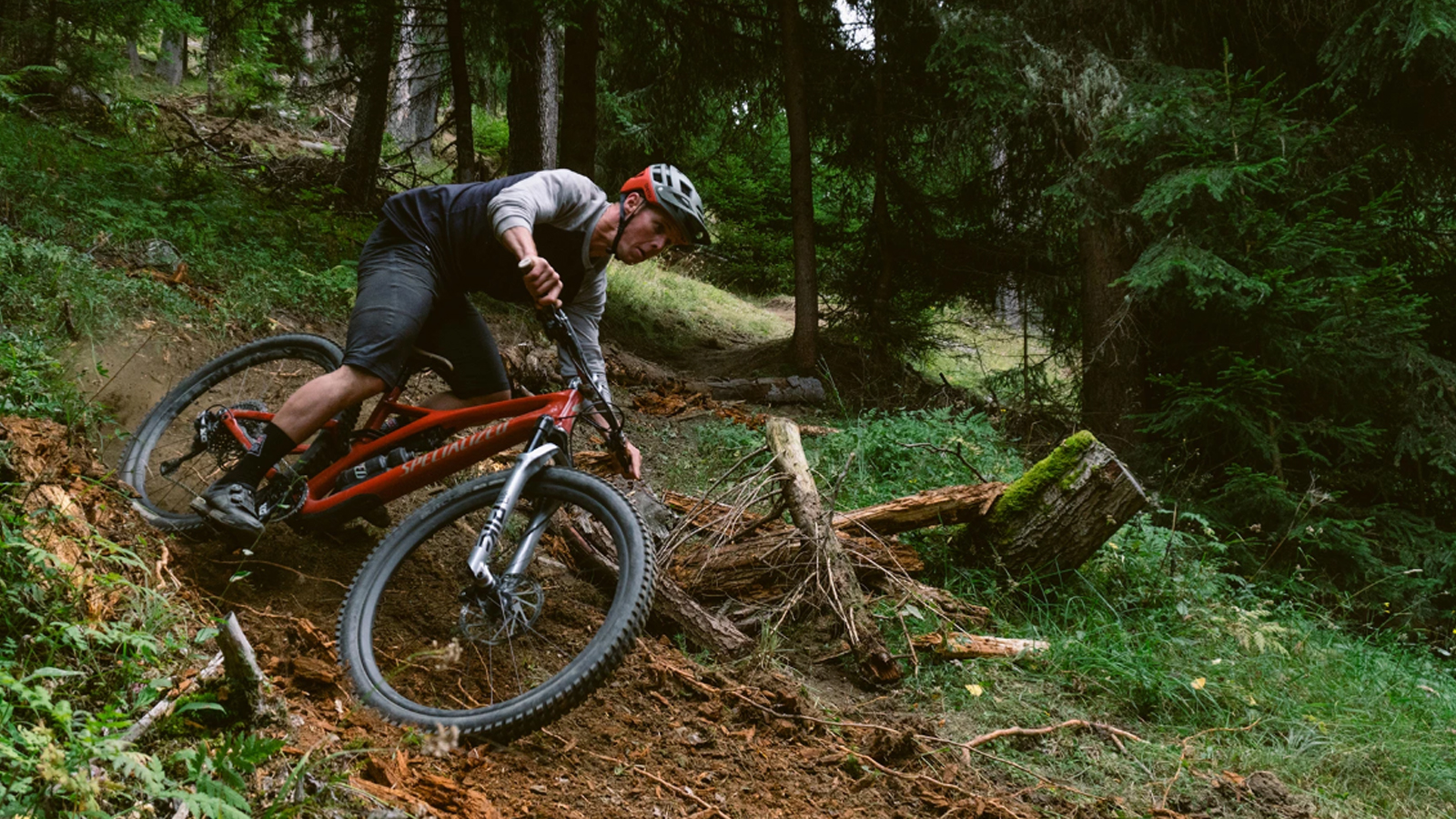
In mountain biking, there is misplaced confidence in longer-travel forks. With your front wheel having to steer and balance traction on those big trail features and steep descents, the logic is often that more suspension travel is better. But is this the case?
To better understand how the suspension travel of the best mountain bike forks influences your riding and what should be best for your trails, you need to understand the relationship between terrain absorption and trail feedback.
Modern mountain bike geometries are designed explicitly around suspension travel. For example, the best XC forks for cross-country mountain bikes are short-travel forks as the trails are relatively smooth and comprise lots of climbing. They need to be light and responsive while still providing a decent range of compression.
As you move through the various types of mountain bikes, fork travel requirements change. The weight, stanchion thickness, and travel all increase to meet the demands of each discipline – and longer forks aren’t superior in every application.
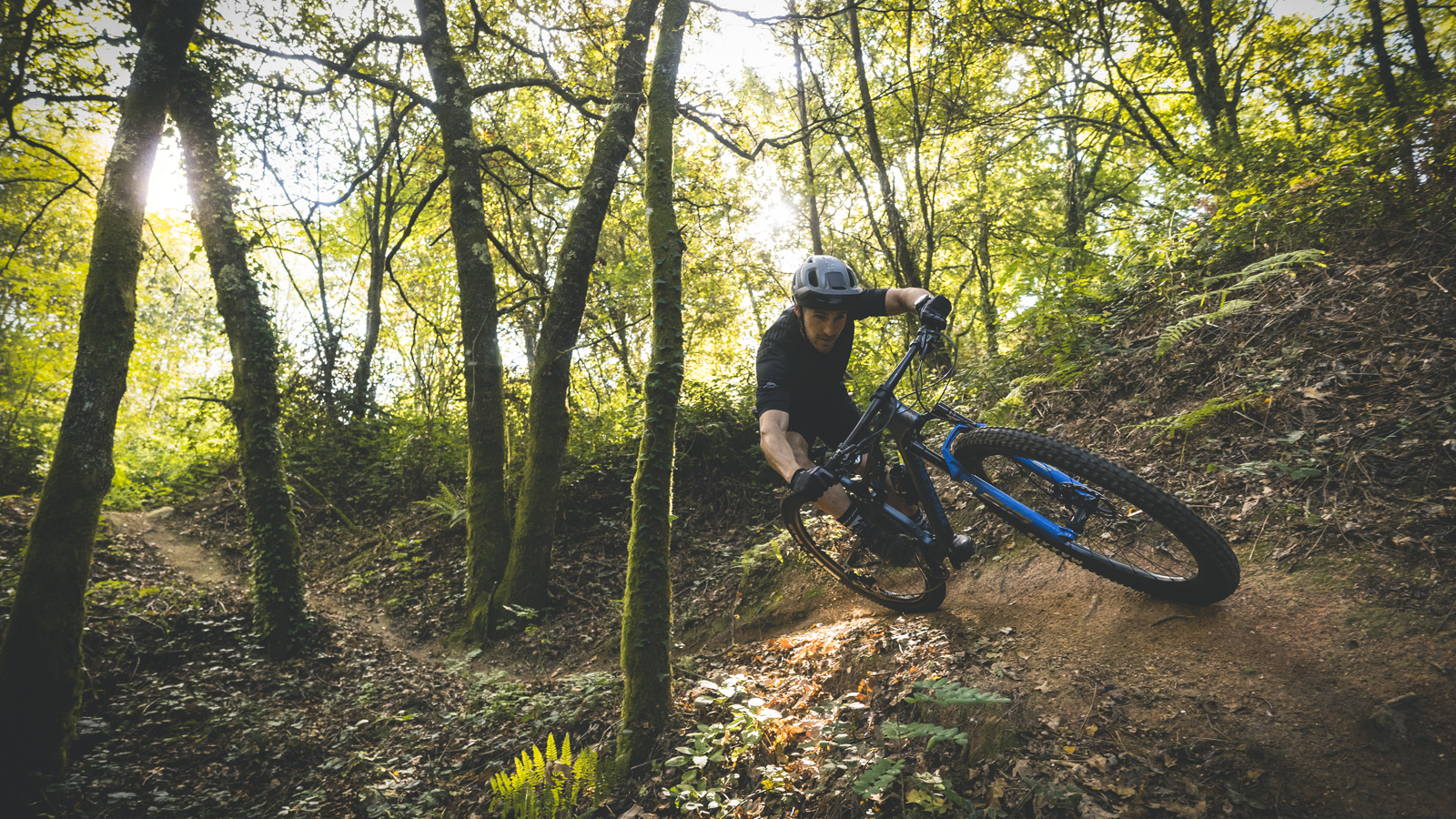
Cross-country: 100-120mm travel, 30-32mm stanchion diameter
Shorter travel forks are generally aimed at cross-country mountain biking, designed to balance performance, lightweight and just enough suspension travel to help smooth out bumpy singletrack.
Cross-country forks can work with narrower 30-32mm stanchions because the upper tubes aren’t exposed to much leverage. This helps to keep the overall fork weight down.
But why shouldn’t you fit a cross-country mountain bike, recommended for maximum fork travel of 120mm, with a 130mm fork? Isn’t that a great idea? Not really.
Any increase in fork travel will slacken the bike and shorten its reach. Slacker head angles boost confidence in steep descending terrain, but they make a mountain bike less agile at climbing technical singletrack as well as unbalancing the bike by moving the rider's weight backward. It will also raise the bottom bracket which will cause the bike to feel less planted and confident in corners.
For many years 100-120mm forks were designed either as ultralight racing components or cheap beginner bike suspension. That has changed with the popularity of downcountry and there are now 120mm forks that have much stiffer crowns.
Consider the terrain you are riding. A 100- to 120mm lightweight cross-country fork will be ideal if your trails are smooth and flowing. The shorter suspension travel gives a more responsive feel and you’ll enjoy greater trail feedback through the handlebar and grips.
Shorter suspension travel forks also bob less when climbing up steep trails in a standing position. Many short travel forks further support climbing with the addition of a lockout switch.
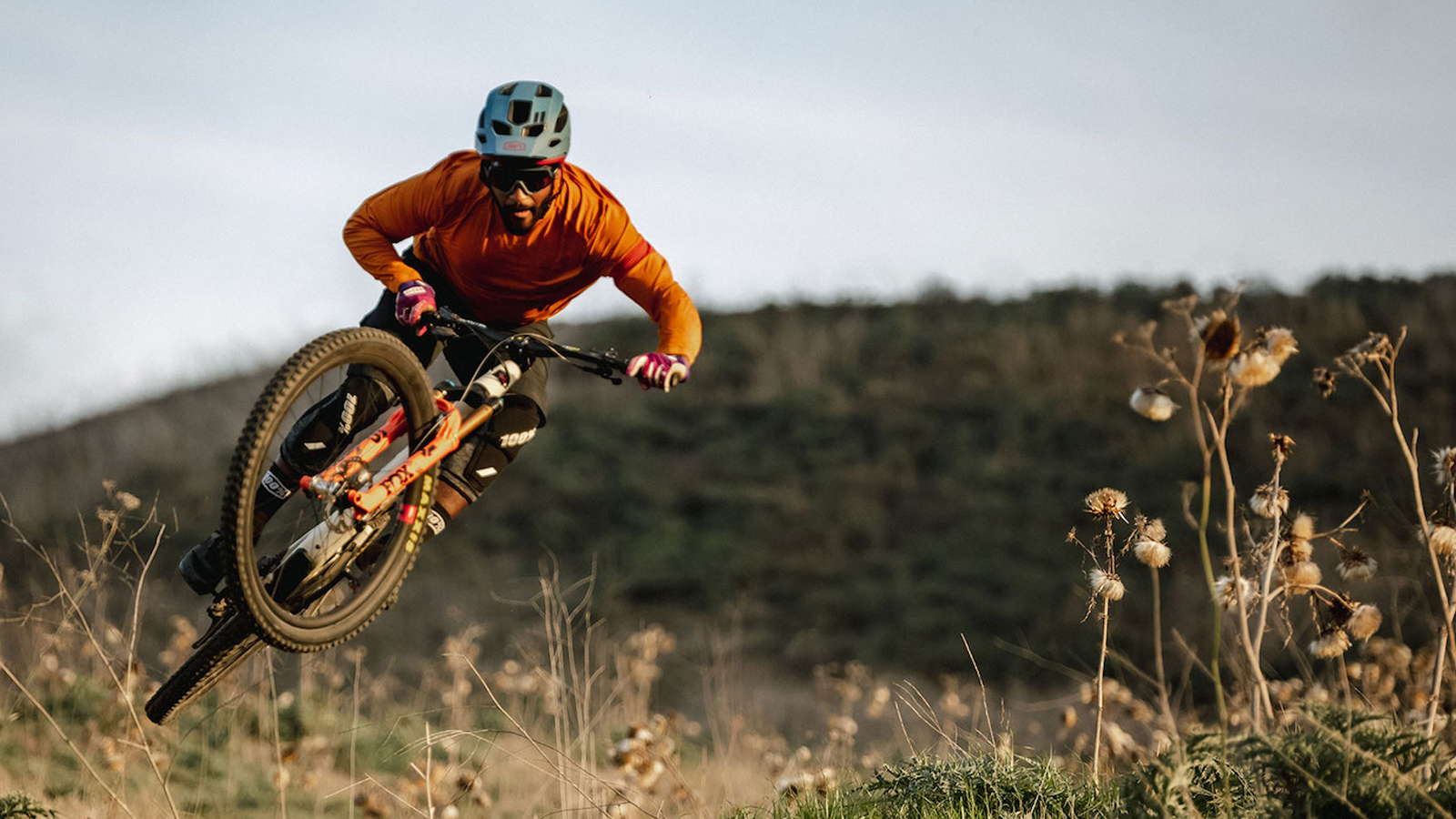
Trail: 120-150mm travel, 34mm stanchion diameter
The best trail mountain bike market is probably the most competitive category in mountain biking and these bikes are often ridden right up to their design capabilities.
Reasonably efficient climbers and confident descending bikes, the trail machine is a hybrid between cross-country and enduro. And as you would expect, it needs a fork with more travel and stiffness than those 100-120mm options.
There has been significant development with the Fox 34 in recent years. RockShox has reacted too with its latest Pike range, blending 35mm stanchions with low fork weight.
At 150mm of suspension travel, you are probably pushing the limits of what a 34mm stanchion can deal with, especially for aggressive trail riding. The sweet spot for suspension travel and stanchion size for trail bikes would be 130- to 140mm.
Yet again, it is a tale of less being more. If you use a 34mm stanchion fork at the upper reaches of its travel, there might be a higher risk of terrain-induced steering deflection due to flex. Those roots and rocks can ping you offline, despite being sure of your steering inputs.
Too much travel can also dull the feedback of your trail bike. We recommend that a trail fork ideally have 34mm stanchions, at 130-140mm, for a 29er - possibly, up to 150mm, for the smaller 27.5in wheel size.
As fork travel increases with trail bikes, the latitude of responsiveness from your damper becomes more complex. You will see premium trail bike forks offering high- and low-speed compression adjustment, allowing riders to balance full travel benefits on gnarly terrain without having the fork dive too much in high-speed berms.
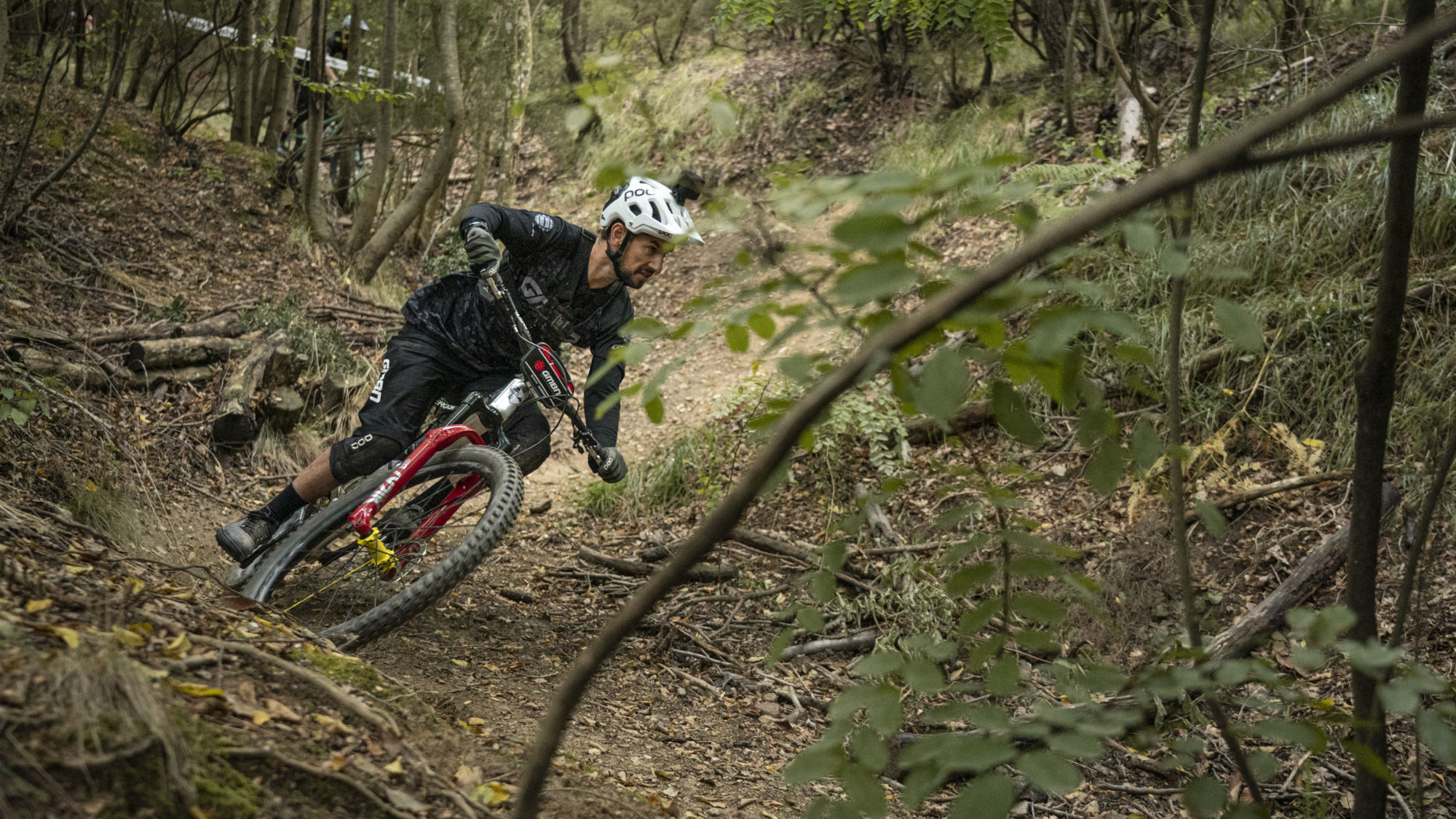
Enduro: 150-180mm travel, 35-38mm stanchion diameter
The fork stiffness formula is simple: when adding more suspension travel increase stanchion size.
Single-crown fork design has had to go longer, with the best enduro mountain bikes now ripping down terrain once reserved for downhill rigs. RockShox and Fox introduced 38mm stanchion single-crown forks last year, especially for the riding demands of enduro mountain biking.
Having more travel is great but potentially useless if the fork internals can’t make the best use of it. That 180mm enduro fork is pointless if it blows through its travel or is entirely unresponsive to small-bump impacts.
With 150- to 180mm single-crown forks, you don’t need a lockout control for climbing, but you want to control the multiple channels of compression and rebound. Balancing the increased leverage effect and fork dive under braking in steep terrain is the crucial enabler with long-travel single-crown forks.
As a forks suspension travel lengthens, set-up becomes crucial. This is why you'll find 150- to 180mm enduro single-crown forks with intricate compression and rebound adjusters and dials. These allow riders to make the best of all that travel by configuring the damping circuits and rebound to work across all terrain.
A decade ago, the idea of a 180mm single-crown fork that could provide an adequate compression platform for pedaling uphill was unfathomable. But today’s big-hitting 38mm single-crown forks are hugely adaptable, giving riders all the precise cornering support and cushioning when landing those huge drops or landings.
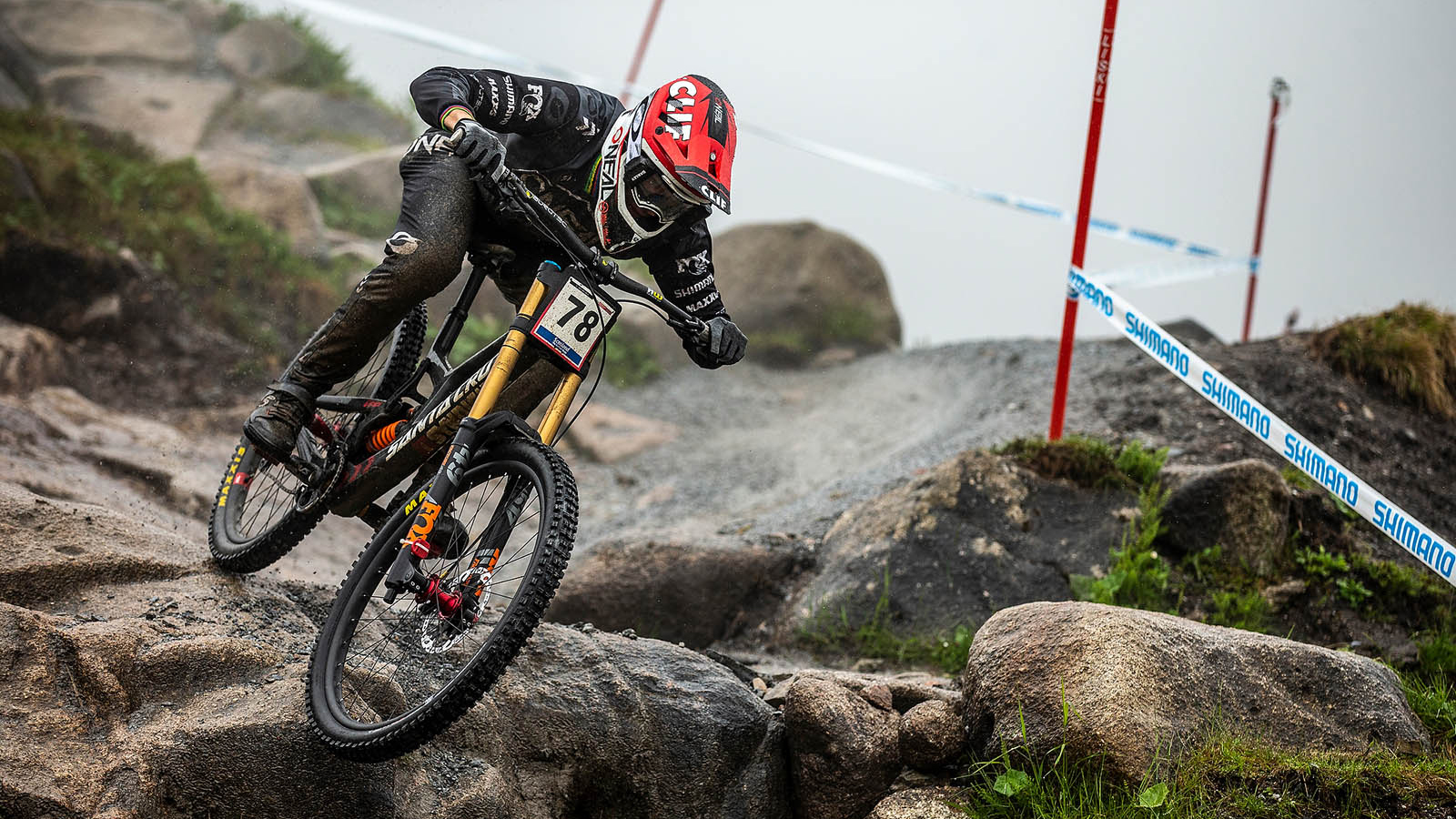
Downhill: 180-200mm travel, 40mm stanchion diameter
These are the largest forks you can buy with the most suspension travel and a dual-crown design to cushion the rider from the huge, repeated impacts when riding the most technically demanding descents possible.
With the amount of leverage involved at 200mm of travel, and considering how slack the best downhill mountain bikes are, the dual-crown design is crucial. There would be enormous flex issues if you were to produce a single-crown fork at 200mm of travel and ride it down very steep and technical terrain.
Downhill riders are less bothered by weight or climbing efficiency. This frees engineers to focus all their resources on making the stiffest structure containing sophisticated internals and valving.
The speeds that downhill bikes roll over highly technical terrain require exceptional torsional stiffness at the axle to prevent riders from being deflected off-line and crashing. That dual-crown structure increases the stiffness of these long-travel forks, although steering angle is reduced, at very low speeds.
Dual-crown forks are at the complete opposite spectrum of those short-travel,100-120mm forks, with nearly rigid lockout control. Downhill mountain biking is solely about descending, with huge dampers that react intuitively to terrain impacts and help maintain the front tire's contact with the ground when cornering and braking.
- Suspension 101: Everything you need to know about your mountain bike suspension dials
- How to adjust mountain bike suspension
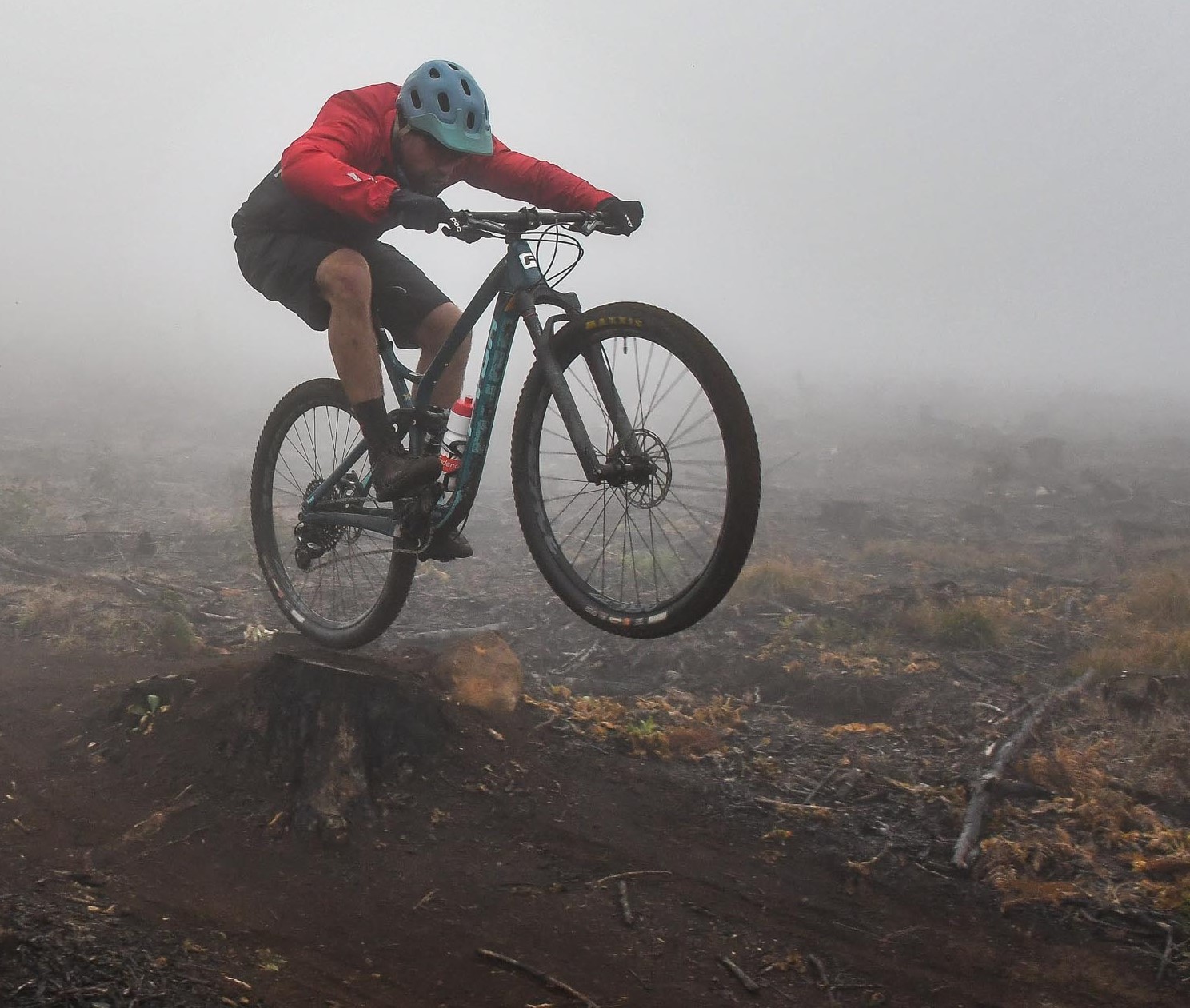
Lance Branquinho is a Namibian-born journalist who graduated to mountain biking after injuries curtailed his trail running. He has a weakness for British steel hardtails, especially those which only run a single gear. As well as Bike Perfect, Lance has written for MBR.com, Off-Road.cc and Cycling News.
